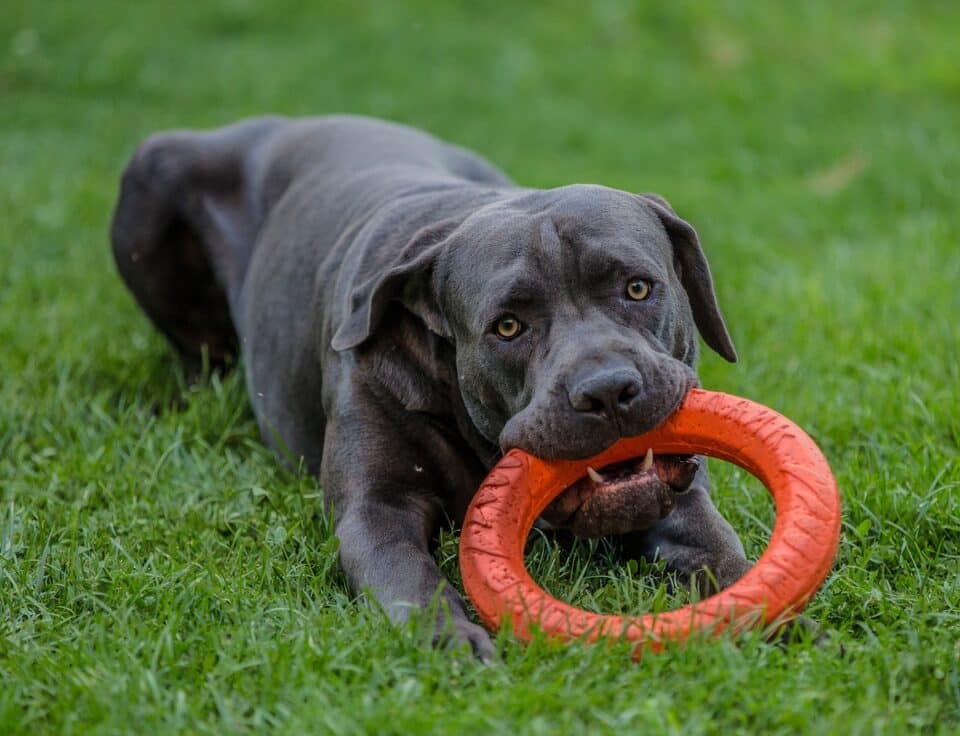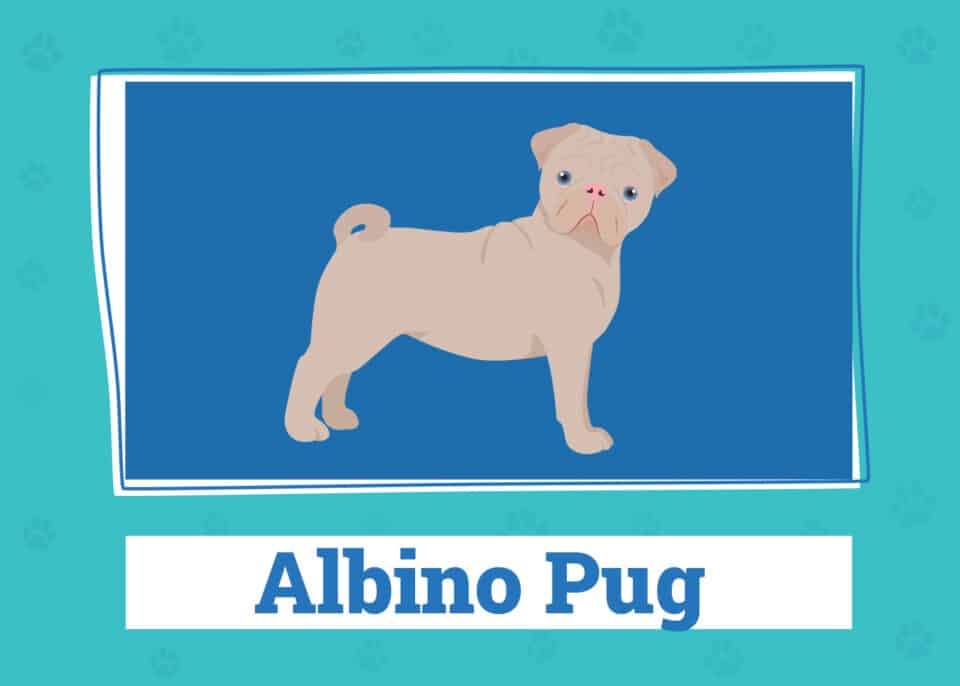Picture this: a massive dog with a bite force that can rival some of the most powerful animals. Meet the Cane Corso, an impressive Italian Mastiff known for its incredible bite force, estimated around 300-400 PSI. While this number isn’t gospel, it’s a solid guess based on their anatomy and comparisons with other breeds. Now, let’s sink our teeth into more details about these formidable creatures.
Measuring a dog’s bite force isn’t as straightforward as you might think. In the past, researchers predicted bite strength from head size and skull shape. But thanks to modern technology, scientists like Dr. Brady Barr from National Geographic have used specialized equipment to gauge this strength in various animals. For example, a Pit Bull clocks in at around 242 PSI, while wolves hit about 398 PSI. And though the number floats, Cane Corso’s bite is believed to surpass that due to its size. Some sources claim up to 700 PSI for Cane Corso, but take that with a pinch of skepticism.
You might wonder, what exactly does PSI mean? It stands for pounds per square inch and measures how much pressure is applied to an area. Essential for understanding an animal’s bite, yet not many studies focus on canine PSI directly. A study did measure police dog bites, but it used Newtons rather than PSI. The actual bite force figures are often exaggerated, especially claims exceeding 3,000 N.
So, just what is a Cane Corso? Descended from Roman hunting and guard dogs, these canines are sturdy, with blocky heads and muscular bodies. They are active and protective, not aggressive by nature. However, given their history as guard dogs and, unfortunately, in dogfighting, proper training is crucial to ensure a well-adjusted pet.
And what about those tales of Cane Corso having ‘lockjaw’? That’s a bit of a myth. They don’t have a magical ability to keep their jaws shut indefinitely, but they sure know how to hold onto something once they’ve got it! This isn’t unique to Cane Corso—any determined dog can clamp down hard.
Biting behavior in dogs, including the Cane Corso, can arise from several factors. Poor socialization, breed tendencies, and prey instincts all play a part. Proper socialization can prevent biting, teaching dogs that humans are friendly and not a threat. Neglect can lead to biting issues, but with the right training, many dogs can learn to override these instincts.
When discussing aggressive breeds, size often plays a role. Larger breeds like the Cane Corso might seem more aggressive due to their potential harm. However, it’s not about cruelty—any dog, with the right upbringing, can be friendly. Still, it’s worth noting that breeds with protective instincts might require a bit more vigilance and experience to handle.
Prey instincts add another layer to understanding dog bites. Dogs have inherited instincts to chase and bite, tied to their ancestors’ hunting roles. While this curiosity leads many dogs to chase smaller animals, it can also result in biting if not managed. Therefore, knowing your breed’s instincts can help in reducing unwanted behavior.
Preventing dog bites requires a mix of training and caution. Start young, using positive reinforcement to encourage good behavior. Avoid physical punishment, as it may cause more harm than good. Regular exercise is vital for keeping dogs calm and healthy. If your dog shows aggressive tendencies, obedience training can be a lifesaver. Behavioral training can also tackle the root of the problem, ensuring you and your Cane Corso live in harmony.
The Cane Corso, with its formidable bite, represents strength and loyalty. However, strength doesn’t mean aggression. With proper training and socialization, these dogs can be gentle giants. Remember, they’re not just about muscle—they’re about heart too. So, if you’re lucky enough to own one, invest time in nurturing their good nature.










